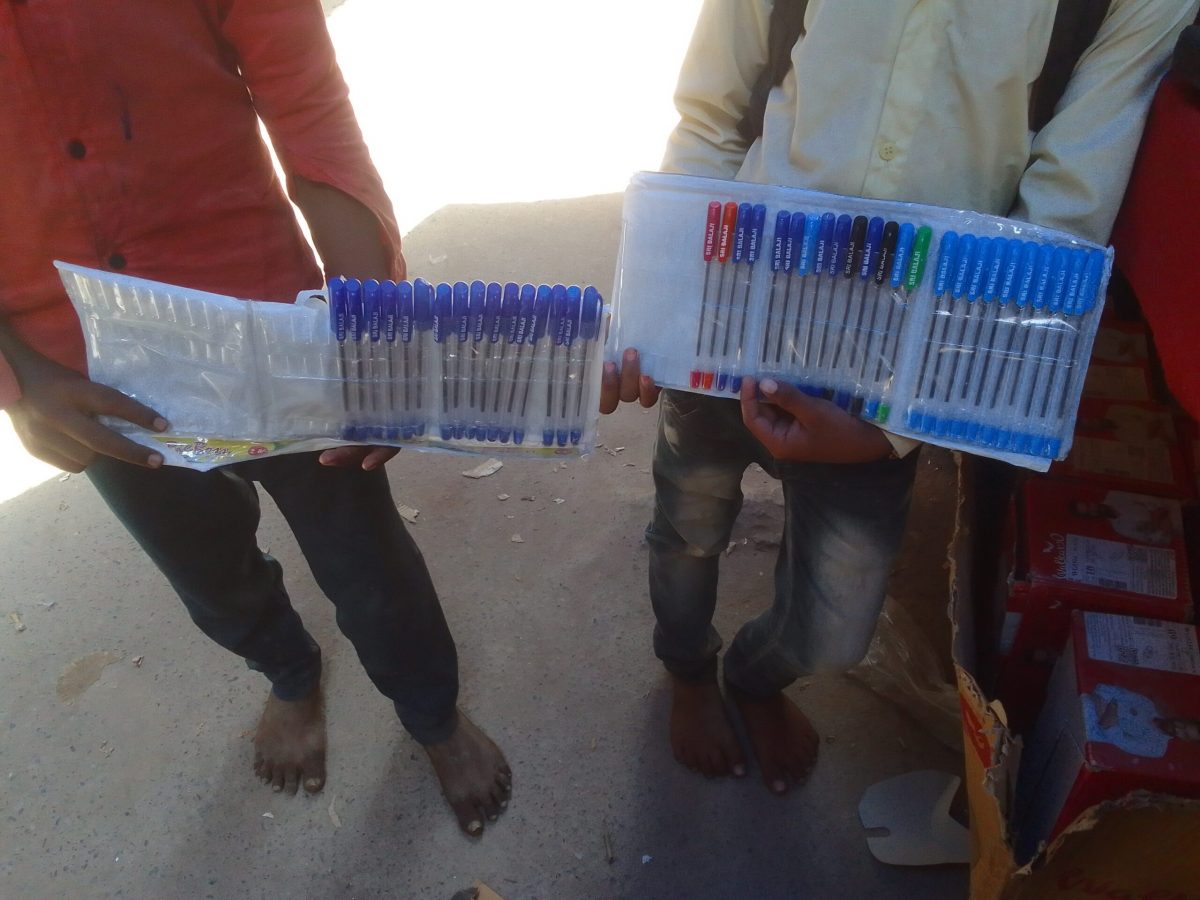The National Action and Coordination Group (NACG) convened a symposium on Wednesday to discuss Delhi’s prevailing child labour issue. Activists and specialists at the seminar highlighted the urgent need for greater awareness and concrete measures to address the detrimental consequences of child labour.
The meeting was held a week after the reports on Dwarka’s Sector-9 incident, where a 10-year-old domestic help was rescued from an employer’s house after allegedly being physically abused.
The symposium took place at India International Centre (IIC) art gallery and saw the participation of various activists, including Shubhlakshmi Malhotra, Bhoomika Yadav, Nidha, along with representatives from leading NGOs like Cry Foundation, Helpindia, Chetna, and Aashayen.
The meeting resulted in several proposed measures to address the issue effectively. There was an emphasis on implementing a Child Protection Policy, which would mandate all employees, both in the government and private sectors, to sign a letter affirming that no child labourers are present in their homes.
The symposium also called for the establishment of a regulatory body responsible for ensuring that no households employ child labourers.
Sanjay Gupta, Chairman of the NAGC EVAC India, stressed the need for streamlined and regulated rules in handling child labour cases.
“Presently, such cases involve multiple departments, including labour, women and child development, and state legal aid authorities,” Gupta said.
“Streamlining the process would improve efficiency and better address the rescue, rehabilitation, bonded labour, and compensation aspects of child labour cases,” Gupta added.
Hitekshi, the Training and Evaluation Controller at the International Labour Organization (ILO), pointed out that the absence of a comprehensive census on child labour in the country since 2011 poses a significant challenge in combating this issue effectively.
Quoting the Government of India’s 2011 census, she said approximately 43 lakhs (4.3 million) children were categorised as working children and among the total child population aged 5 to 14 years (259.6 million), 10.1 million children (3.9% of the total child population) were engaged in some form of work as ‘main workers’ or ‘marginal workers.’
“Shockingly, more than 42.7 million children in India were not attending school. In the context of Delhi, there were 26,453 working children between the ages of 5 and 14 years,” she said, adding that conducting a new census would provide crucial data to assess and combat the situation more effectively.
During the symposium, Shubhlaxmi Malhotra, an educationist and Governing Body member at Shaheed Bhagat Singh College, Delhi University drew attention to a less-discussed aspect of the issue: the mental health challenges faced by employers, which contribute to the mistreatment of domestic workers, including children.
She highlighted that the prevailing anger in society is concerning and continues to exacerbate the situation.
Anant Mishra, a lawyer, pointed out that despite existing policies and governing bodies, there remains a significant lack of awareness regarding child labour and its devastating impact on children’s lives.
Mishra said this lack of awareness contributes to the increasing number of such cases.
In conclusion, the NAGC EVAC proposed a collective effort to unite in combating this appalling practice.





